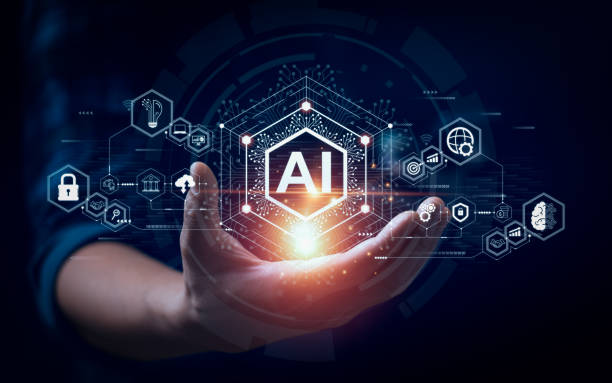
Introduction
The audio-visual industry has undergone a dramatic transformation in recent years, thanks to the rapid advancement of artificial intelligence (AI) technologies. One of the prominent players in this AI revolution is OpenAI, along with several other cutting-edge tools and platforms. These AI tools have enhanced the quality of audio-visual content and streamlined production processes, pushing the boundaries of creativity. In this post, we'll explore how the audio-visual industry harnesses AI tools, including OpenAI, to usher in a new era of innovation.
Content Creation and Enhancement
AI-driven content creation tools are revolutionizing how audio and video content is produced. OpenAI's text generation models, like GPT-3, have been used to automate the creation of scripts and captions. These models can generate engaging and coherent content to serve as a starting point for further development by simply providing a brief description or summary. This saves time and fuels creativity by providing inspiration and ideas.
Moreover, AI-based video and audio enhancement tools are making improving the quality of raw footage easier. Noise reduction, image upscaling, and color correction are just a few examples of how AI algorithms can transform mediocre visuals into stunning, professional-grade content. Companies like NVIDIA and Adobe are actively integrating AI into their editing software to empower content creators with these capabilities.
Personalized Content Recommendations
The audio-visual industry has seen a surge in the development of AI-powered recommendation systems. Streaming platforms like Netflix and YouTube leverage AI algorithms to analyze user preferences and viewing habits. By doing so, they can provide highly personalized content recommendations to keep users engaged for longer periods. OpenAI's models have also been employed to improve the accuracy of these recommendation systems, ensuring that users discover content that resonates with their interests.

Real-time Language Translation
Live events and international broadcasts often require real-time language translation to reach a global audience. AI tools are now capable of providing accurate and instant translation services. Whether it's subtitles for a live stream or an on-the-fly dubbing service, AI-driven language translation has eliminated language barriers and expanded the reach of audio-visual content.
Content Moderation and Copyright Protection
AI tools are being utilized to monitor and moderate audio-visual content across various platforms. They can automatically detect and filter out inappropriate or copyrighted material, ensuring that content complies with community guidelines and copyright laws. This not only reduces the workload on human moderators but also enhances user safety and copyright protection.
Conclusion
The audio-visual industry is amid an AI-driven transformation, with OpenAI and other AI tools playing a pivotal role in shaping its future. From content creation and enhancement to personalized recommendations and accessibility features, AI is making audio-visual content more engaging, inclusive, and efficient than ever before. As AI continues to evolve, we can expect even more groundbreaking developments in the audio-visual industry, pushing the boundaries of creativity and technology. Content creators and consumers alike have much to look forward to as the industry continues to leverage the power of AI; this is only the beginning.
